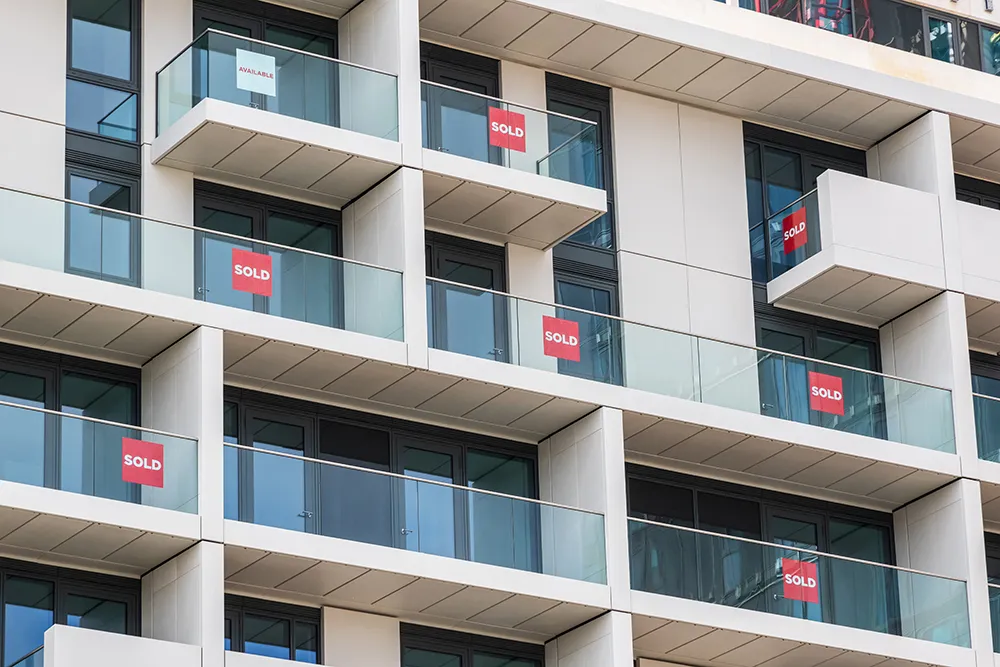
The UK property market faces a hefty list of short- and long-term challenges. Whether it’s improving cost-efficiency, helping the environment, or having enough housing, clever solutions are always in the works.
For example, a grass-roots organisation in Birmingham recently submitted plans to build an urban farm on top of a multi-story car park, as part of a long-term aim to boost sustainable living in large cities. Are these the kind of ideas that will influence future construction trends, either in commercial or residential?
Evolution is already happening before our eyes. New buildings are made of steel and glass, where once they would have been red brick. Homeowners are keen to stay with the times, too; more than 1 million properties in the UK have now been fitted with solar panels, and in 2021 more than three quarters of people invested in home improvement.
In short, the property market today is more diverse and changing faster than ever. But if that’s the case, then why are many lenders still so inflexible with property criteria?
What we view as ‘standard’ construction may be completely different a generation or two from now. But that doesn’t offer comfort to borrowers in the UK property market today, which is full of unique homes that people want to buy, sell or borrow against.
With that in mind, it’s surprising that many borrowers are left disappointed by high street lenders in the UK who won’t show any flexibility on the kinds of property they lend on.
As a 50 to 90+ lender, we see this first-hand all the time. Our customer demographic has worked hard to become asset rich, and this often factors into how we can help. Most properties we lend on would be considered ‘standard’ construction but because we have a can-do approach to lending, we look for ways to lend on non-standard property types that have often been turned down by other lenders.
Intermediaries can’t be expected to remember the quirks of every lender’s criteria, so it’s handy to have an idea of what lenders they can rely on when a case comes in with a non-standard property.
At LiveMore, we consider an extensive range of properties whether they’re new or very old, including listed buildings. We’ll also consider many non-standard construction types. This includes frames like timber and steel, which many lenders will show no flexibility on.
This approach extends to all elements of a property, from the roof and wall materials to the land around it.
As we move into the future and watch property trends evolve, we think the lenders who will thrive are those who can show a can-do approach.
Bill Purves is managing director, risk and compliance at LiveMore



